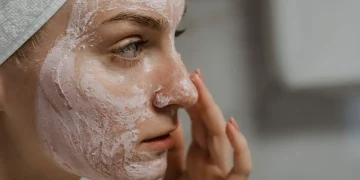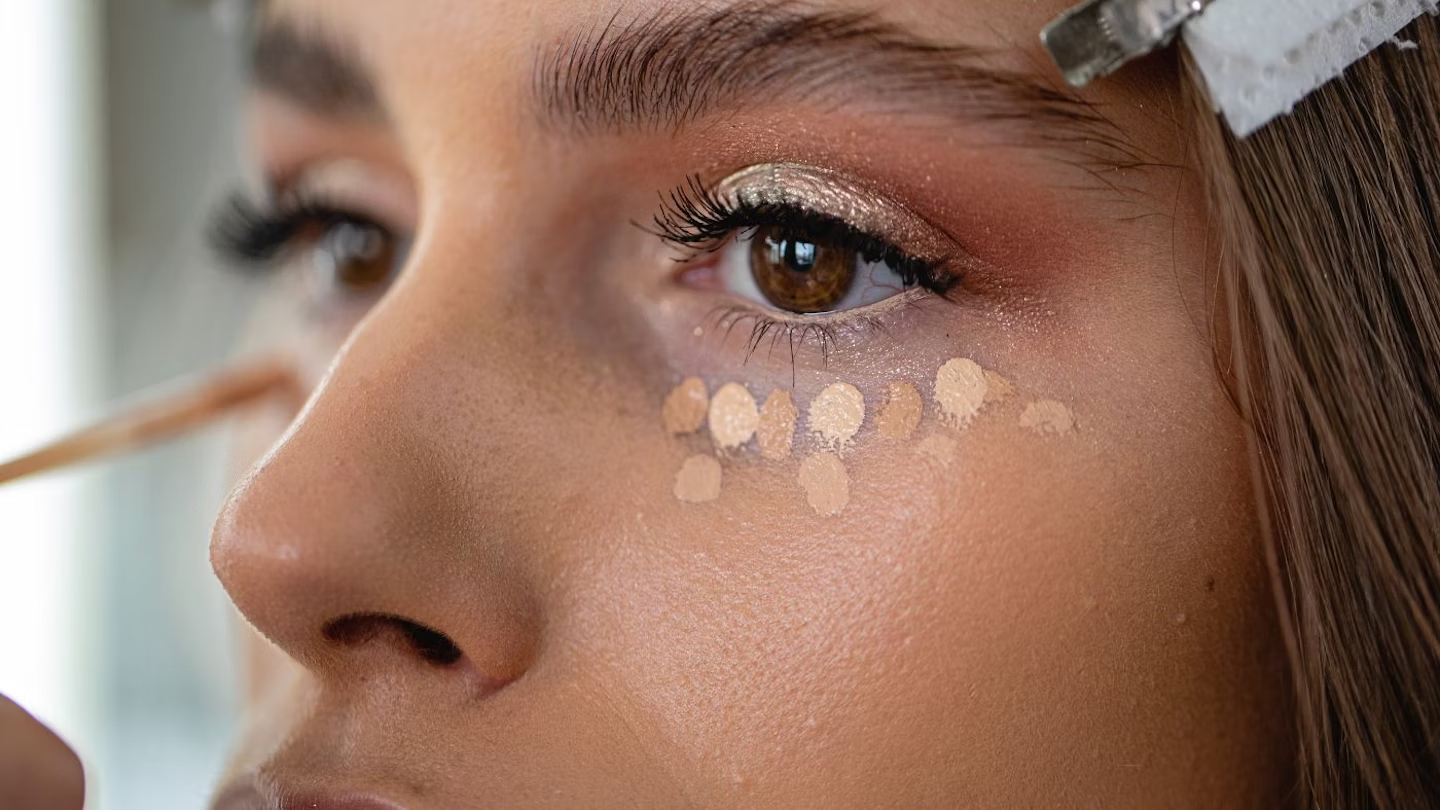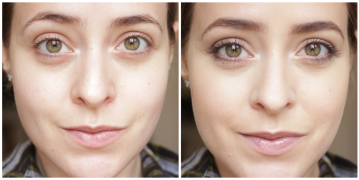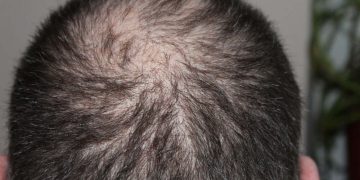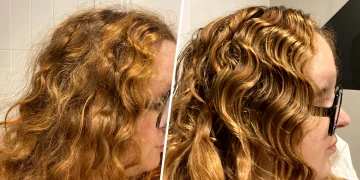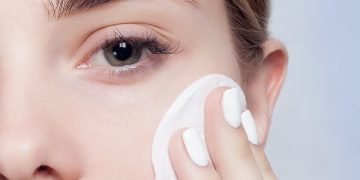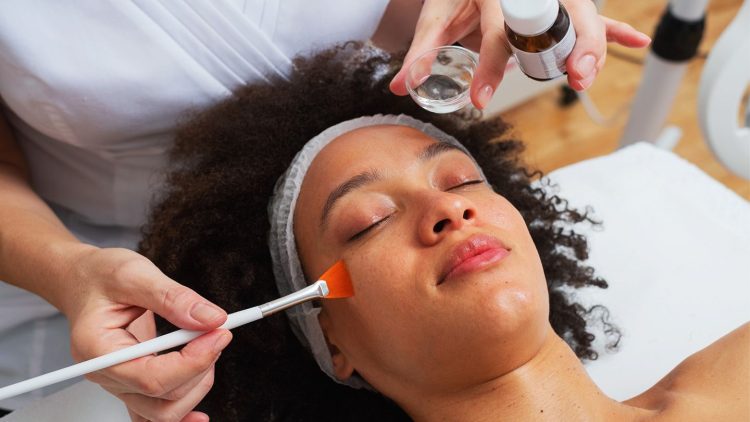Chemical peels are one of the most popular non-surgical treatments used to improve the appearance and texture of the skin. By applying a chemical solution to the skin, a controlled exfoliation occurs, revealing a smoother and more radiant complexion. This treatment can address a range of skin concerns, from acne and hyperpigmentation to fine lines and sun damage. In this article, we will delve into the different types of chemical peels, the skin issues they address, what to expect during and after the procedure, and the potential risks and recovery tips for a successful peel experience.
1. Types of Chemical Peels and How They Differ
Chemical peels are categorized based on their depth of exfoliation, which can range from superficial to deep. The type of peel chosen depends on your skin concerns, the level of exfoliation required, and your skin’s sensitivity. Here are the most common types of chemical peels:
Superficial Peels (Light Peels)
Superficial peels are the mildest type of chemical peel and typically use gentle exfoliants like alpha hydroxy acids (AHAs), such as glycolic acid or lactic acid. These peels work by removing the outermost layer of dead skin cells, promoting cell turnover without causing significant irritation.
- What they treat: Superficial peels are ideal for improving skin texture, treating mild hyperpigmentation, and brightening the complexion. They are often recommended for individuals with sensitive skin or those new to chemical peels.
- Recovery time: Minimal to none. Some redness or mild flaking may occur for a few days.
Medium Peels
Medium peels penetrate deeper into the skin than superficial peels, usually using trichloroacetic acid (TCA) or a combination of acids. These peels can address more stubborn skin concerns, such as fine lines, acne scars, and uneven skin tone.
- What they treat: Medium peels are effective for treating moderate sun damage, acne scars, pigmentation issues, and the early signs of aging.
- Recovery time: Moderate. Expect peeling, redness, and possible swelling for up to a week. Skin may take several days to fully recover.
Deep Peels
Deep chemical peels, often performed with phenol or high-concentration TCA, target the deeper layers of the skin. These peels can provide significant improvement in skin texture, tone, and firmness but require more careful consideration due to their intensity.
- What they treat: Deep peels are typically recommended for severe wrinkles, deep acne scars, and pronounced sun damage. They are used when more dramatic results are needed.
- Recovery time: Long. Deep peels require several weeks of healing, during which redness, swelling, and peeling are common. Downtime can vary, and post-care is critical for optimal results.
2. The Skin Concerns They Target
Chemical peels can be used to address a variety of skin concerns. Depending on the type of peel and the active ingredients used, the treatment can provide dramatic improvements to both the appearance and texture of the skin.
Acne and Acne Scars
Chemical peels are particularly effective for treating acne-prone skin by exfoliating dead skin cells and unclogging pores. They can also help fade post-acne marks and reduce the frequency of breakouts. Lactic acid and salicylic acid are commonly used for acne treatment due to their ability to target excess oil and bacteria.
Hyperpigmentation and Sun Damage
For those dealing with hyperpigmentation, dark spots, and uneven skin tone caused by sun exposure, chemical peels can lighten and brighten the skin. Glycolic acid, lactic acid, and TCA are particularly effective in reducing the appearance of age spots, melasma, and sun damage.
Fine Lines and Wrinkles
As we age, the skin’s natural exfoliation process slows down, and fine lines and wrinkles begin to form. Chemical peels, especially medium and deep peels, can stimulate collagen production and smooth out fine lines, giving the skin a more youthful appearance.
Uneven Skin Texture
Chemical peels help improve the overall texture of the skin by removing dead skin cells and encouraging the growth of new skin. They can address rough, dull, or uneven skin, leaving you with a smoother, more radiant complexion.
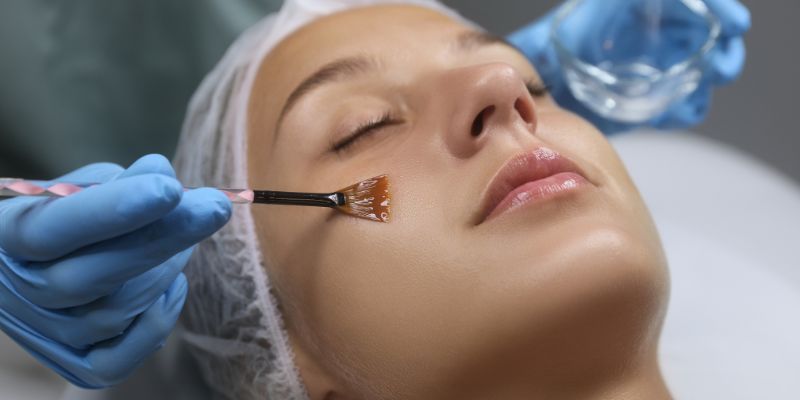
3. What to Expect During and After the Procedure
The chemical peel process can vary depending on the depth of the peel. However, there are common steps and experiences shared across all types of chemical peels.
During the Procedure
- Preparation: Your skincare professional will begin by thoroughly cleansing your skin to remove makeup, oils, and impurities. They may also apply a numbing cream or cooling gel to minimize discomfort, especially for medium and deep peels.
- Application of the Peel: The chemical solution is then carefully applied to the skin. For superficial peels, this usually involves a liquid or gel being brushed on the face. For deeper peels, the solution may be applied using a cotton pad or brush, and it may be left on for a longer time.
- Sensation: You may feel a tingling or stinging sensation during the procedure, especially for stronger peels. Deeper peels may cause a slight burning sensation as they penetrate the skin.
- Time: The procedure typically lasts between 15 and 45 minutes, depending on the type of peel and the area treated.
After the Procedure
- Immediate Effects: After the peel, your skin may appear red or irritated. Superficial peels cause only mild redness, while deeper peels may lead to more noticeable redness and swelling.
- Peeling and Flaking: After a few days, your skin will begin to peel and flake as the dead skin cells are exfoliated. This can last anywhere from 3 to 7 days, depending on the depth of the peel. It’s essential not to pick at the skin to avoid scarring.
- Moisturization and Protection: Aftercare is crucial. You’ll be advised to moisturize frequently and use a gentle cleanser. Sunscreen with high SPF is a must, as your skin will be more sensitive to sunlight.
- Avoid Makeup: For at least a few days after the procedure, it’s recommended to avoid makeup to prevent irritation and allow your skin to heal.
4. Potential Risks and Recovery Tips
While chemical peels are generally safe when performed by a trained professional, there are potential risks and side effects to be aware of, especially with deeper peels.
Potential Risks
- Skin Irritation and Redness: This is a common side effect, but it typically subsides within a few hours to a few days.
- Hyperpigmentation: In rare cases, chemical peels can cause hyperpigmentation or discoloration, particularly for individuals with darker skin tones.
- Scarring: There is a small risk of scarring, particularly with deeper peels or improper aftercare. Following post-treatment instructions carefully can minimize this risk.
- Infection: Though rare, there is a risk of infection, especially if the skin is picked or not properly cared for after the peel.
Recovery Tips
- Avoid Direct Sun Exposure: Your skin will be especially sensitive after a chemical peel. Avoid sun exposure for at least a week, and wear a high-SPF sunscreen daily.
- Hydrate and Moisturize: Keep your skin hydrated by drinking plenty of water and using a gentle, non-irritating moisturizer.
- Don’t Pick at Your Skin: Avoid peeling or picking at the flaking skin. This can lead to irritation or scarring.
- Follow Your Professional’s Aftercare Instructions: Your skincare provider will give you specific aftercare instructions based on the type of peel you had. Adhering to these guidelines will ensure the best results and minimize complications.
Conclusion
Chemical peels are an effective treatment for achieving smoother, more youthful-looking skin. With various options ranging from superficial to deep peels, there is a peel suitable for most skin types and concerns. Understanding the types of chemical peels, the skin issues they target, and how to care for your skin afterward is key to getting the best results. Always consult a licensed skincare professional to determine the right peel for you and follow their aftercare instructions carefully to ensure a safe and successful treatment.

